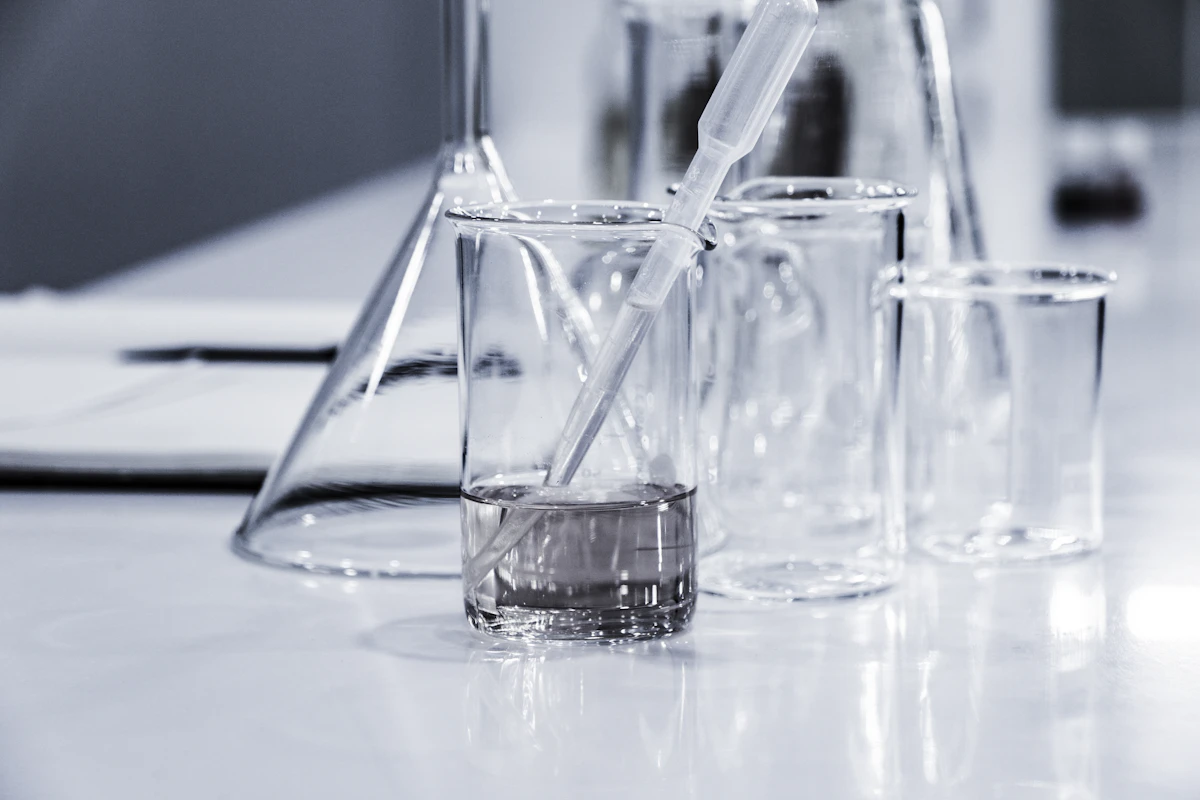Common Peptide Calculation Mistakes and How to Avoid Them
Guide

Photo by Scott Graham on Unsplash
Accurate peptide calculations are crucial for research success. In this comprehensive guide, we'll explore common calculation mistakes and provide practical solutions to ensure precise results.
1. Incorrect Molecular Weight Calculations
One of the most frequent mistakes occurs when calculating molecular weights. Researchers often:
- Forget to account for counter-ions in peptide salts
- Miss terminal modifications in the calculation
- Overlook the contribution of TFA salts
2. Volume Measurement Errors
Precise volume measurements are critical for accurate concentrations. Common pitfalls include:
- Not accounting for solution displacement by the peptide itself
- Using inappropriate pipette sizes for small volumes
- Failing to calibrate measurement tools regularly
3. Concentration Unit Conversion Mistakes
Unit conversions can be tricky and lead to significant errors:
- Confusing molar (M) with millimolar (mM)
- Incorrect conversion between mg/mL and µM
- Mixing up mass and molar concentrations
4. Solution Preparation Errors
When preparing peptide solutions, researchers sometimes:
- Fail to account for peptide purity in calculations
- Ignore the water content in hygroscopic peptides
- Don't consider the impact of storage conditions on concentration
Best Practices to Avoid Calculation Mistakes
- Double-check all molecular weight calculations
- Use appropriate measurement tools for your volume range
- Maintain detailed records of all calculations
- Utilize reliable calculation tools like PeptideCalc.io
- Have calculations verified by a colleague when possible
Conclusion
Avoiding these common calculation mistakes is essential for research accuracy and reproducibility. By being aware of these pitfalls and following proper protocols, you can ensure more reliable results in your peptide research.